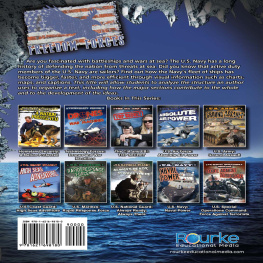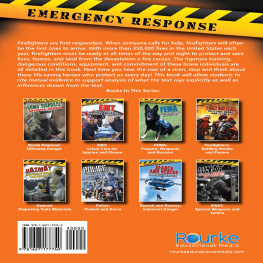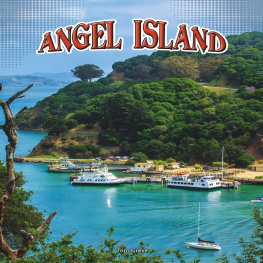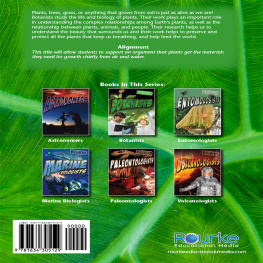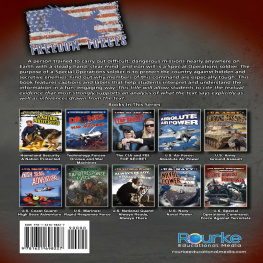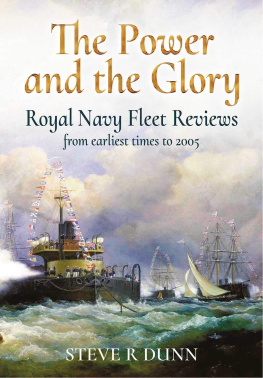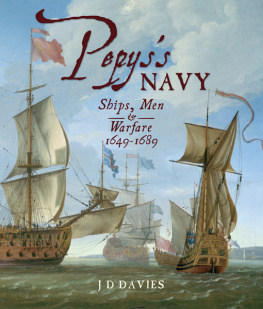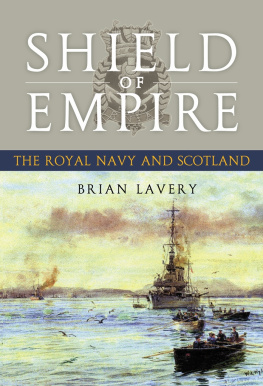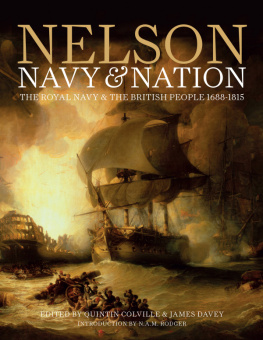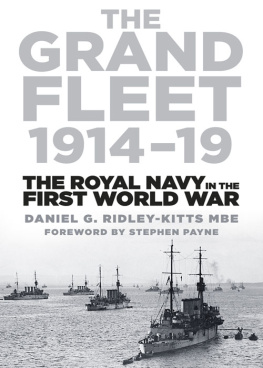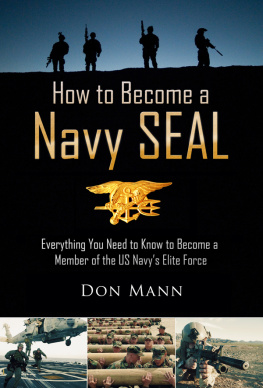Table of Contents
Guide
Level: U Word Count: 1,302 Words
100th Word: the
Content Area Vocabulary:
Read the list. What do these words mean?
amphibious
aviator
combat
guerrilla
insurgent
intently
littoral
looming
maritime
vessels
Building Background Knowledge
Before reading a book, it is important to tap into what your child or students already know about the topic. This will help them develop their vocabulary, increase their reading comprehension, and make connections across the curriculum.
| Look at the cover of the book.
What will this book be about? |
| What do you already know about the topic? |
| Lets study the Table of Contents.
What will you learn about in the books chapters? |
| What would you like to learn about this topic?
Do you think you might learn about it from this book? Why or why not? |
| Use a reading journal to write about your knowledge of this topic. Record what you already know about the topic and what you hope to learn about the topic. |
| Read the book. |
| In your reading journal, record what you learned about the topic and your response to the book. |
| Complete the activities at the end of the book. |

2014 Rourke Educational Media LLC
All rights reserved. No part of this book may be reproduced or utilized in any form or by any means, electronic or mechanical including photocopying, recording, or by any information storage and retrieval system without permission in writing from the publisher.
www.rourkeeducationalmedia.com
PHOTO CREDITS: Cover photo Lockheed Martin, metal border Molodec; back cover photo and title page photo Iakov Kalinin, back cover and title page flag SFerdon, back cover metal border Molodec; Pages 4/5 US Navy, U.S. Navy National Museum of Naval Aviation; Pages 6/7 Marc Sitkin, Orionist; Pages 8/9 NPS.gov , Rear Admiral John William Schmidt, Mass Communication Specialist 2nd Class Matthew D. Williams, US Navy; Pages 10/11 Mass Communication Specialist 1st Class Chad J. McNeeley, US Navy, Hunter Stires; Pages 12/13 Scott A. Thornbloom, US Navy Pages 14/15 Photographer's Mate Airman Rob Gaston, US Navy, Mass Communication Specialist 1st Class James R. Evans; Pages 16/17 Mass Communication Specialist 2nd Class Zane Ecklund US Navy, Photographer's Mate 3rd Class John DeCoursey US Navy; Pages 18/19 US Navy, Photographer's Mate 3rd Class Summer M. Anderson US Navy; Pages 20/21 Bob Kopprasch, Mass Communication Specialist 1st Class James R. Evans US Navy; Pages 22/23 Mass Communication Specialist 3rd Class Billy Ho US Navy, Chief Mass Communication Specialist John Lill US Navy, Photographer's Mate 2nd Class Jayme Pastoric US Navy, Photographer's Mate 1st Class Michael W. Pendergrass US Navy, Petty Officer 1st Class James R. Evans U.S. Navy, Chief Mass Communication Specialist Jennifer L. Walker US Navy, Jerry Gunner, Mass Communication Specialist 3rd Class Kenneth Abbate US Navy, Mass Communication Specialist 1st Class John M. Hageman US Navy Pages 24/25 National Archives and Records Administration, IndianSummer; Pages 26/27 Michael Foran, Chief Photographer's Mate Eric J. TIlford, FBI; Pages 28/29 NPS.gov, Charles Robert Patterson, US Navy, National Archives and Records Administration, TastyCakes
Edited by Precious McKenzie
Designed and Produced by Blue Door Publishing, FL
Library of Congress Cataloging-in-Publication Data
Greve. Tom
U.S. Navy: Naval Power / Tom Greve
p. cm. -- (Freedom Forces)
ISBN 978-1-62169-923-1 (hard cover) (alk. paper)
ISBN 978-1-62169-818-0 (soft cover)
ISBN 978-1-62717-027-7 (e-book)
Library of Congress Control Number: 2013938875
Rourke Educational Media
Printed in the United States of America,
North Mankato, Minnesota


rourkeeducationalmedia.com
PO Box 643328 Vero Beach, Florida 32964
CHAPTER ONE
THREATS ON THE WATER
Its June, 1942. A young sailor works intently aboard a U.S. aircraft carrier as it speeds toward a potentially deadly showdown-at-sea. With World War II raging across multiple continents and oceans, the sailor knows whats coming.
As enemy ships and aircraft appear on the horizon, he feels his heart race. He steadies himself at his post for what will surely be a deadly volley of violence between massive ships, fighter planes, and submarines. Its all happening with 16,000 feet (4,877 meters) of blue Pacific Ocean water rolling in all directions, as far as the eye can see.

The U.S. Navy has a long history of defending the nation from threats at sea. The Navys success in World War II altered the course of history in favor of the United States.
The U.S. Navy is the nations combat and security force of the high seas. It might be hard to tell by just looking around, but we live in a world of water. In fact, oceans cover 70 percent of planet Earths surface, leaving about seven billion human beings to live on dry land.
The United States is a superpower with the worlds largest military force. The Navy, along with the Army, Air Force, and Marines, all play roles in defending the country against forces that would aim to harm the nation, its people, or its resources.
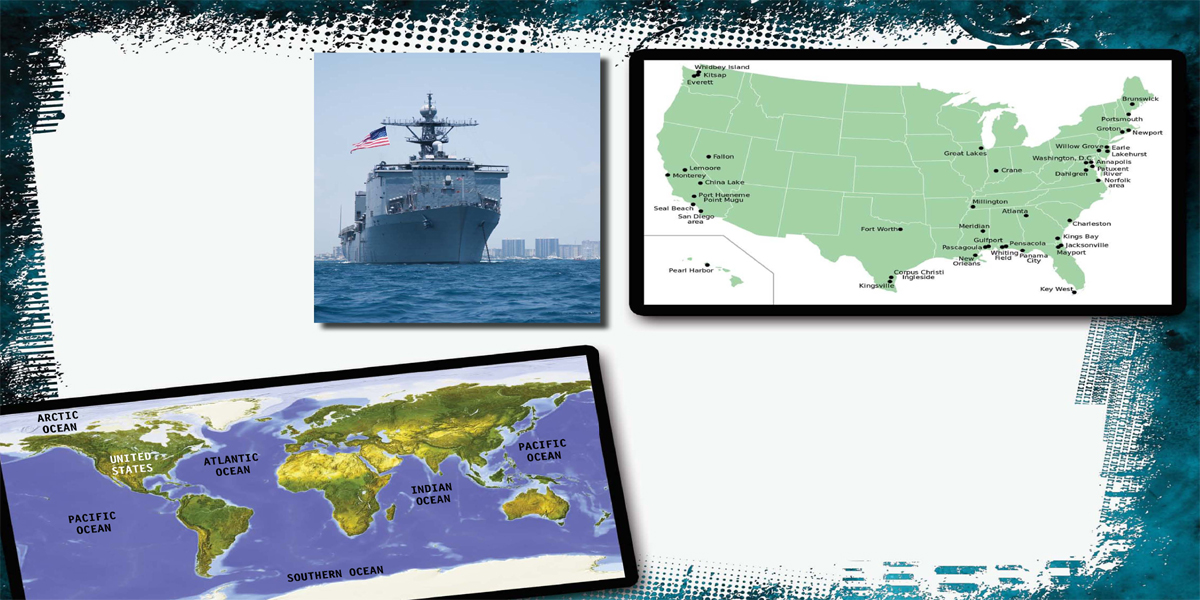
The ocean is much more than a watery expanse between the continents. It is also a highway, a food source, and a battlefield.
There are more than 40 naval bases here in the United States, with others situated around the world.
CHAPTER TWO
U.S. NAVAL HISTORY
The U.S. Navy dates back to the Revolutionary War and the Continental Navy. Even while under British rule, the American colonies identified the need to have a defense force operating in the Atlantic Ocean. So in 1775, as the colonies began their fight to gain independence from Great Britain, colonial leaders formed the Continental Navy.
The Continental Navy started with just a few merchant ships outfitted with weapons and a group of merchant sailors trying to disable British ships bringing supplies to the British Army.
By 1785, the U.S. had secured victory against Great Britain. With no pressing threat looming in the Atlantic Ocean, and in need of money to set up an effective federal government, the newly-elected Congress sold the Continental Navys ships. However, the United States constitution, ratified just four years later in 1789, called for Congress to create and maintain a national navy.

